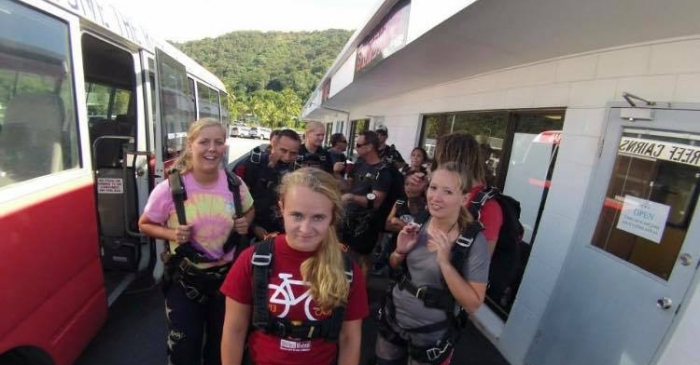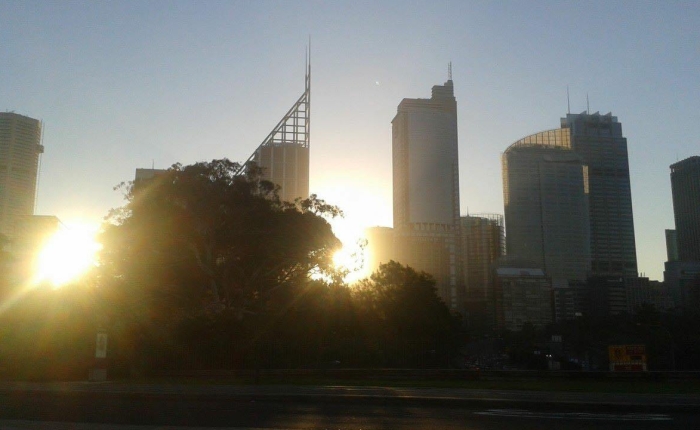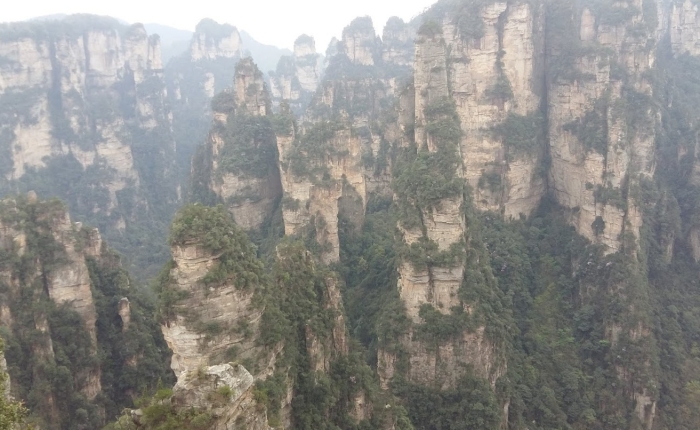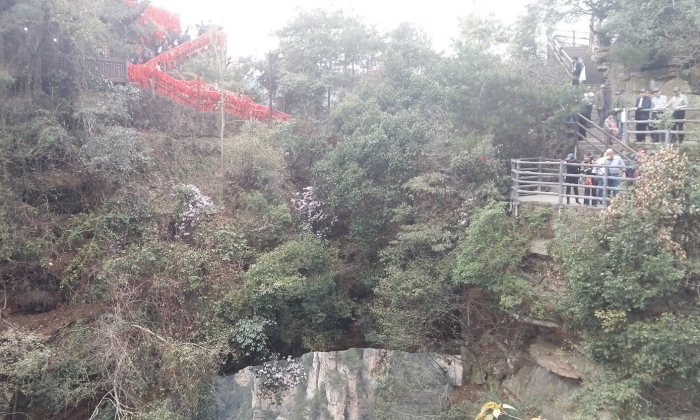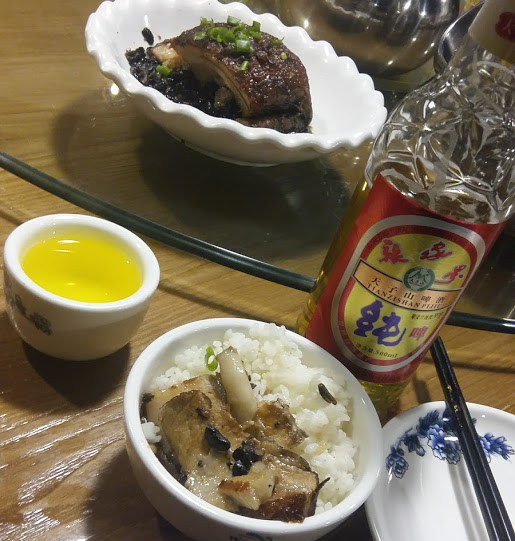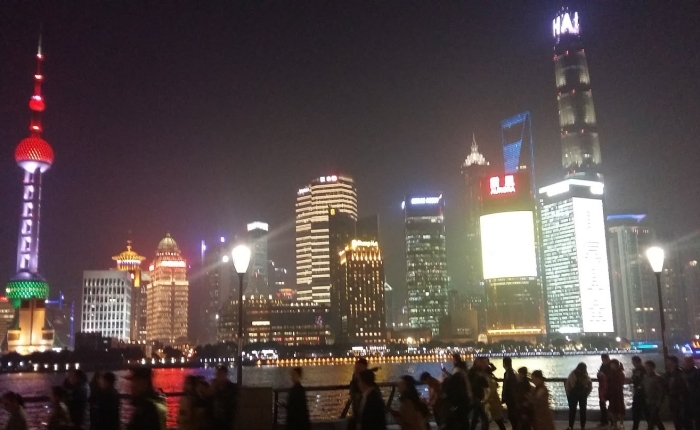It’s now almost 5 years since I returned from studying abroad in Australia. I keep having to dredge up swearing-free writing samples from the depths of history, so I figured I’d do a round-up here, along with some things I’ve learnt since and some commentary. 5 years and 7 countries later, most of them traveled alone, can give you quite a bit more perspective on life and travel. I must have been such a child when I first wrote these, so looking back is somewhat of a punch in the face. In addition, this was my first time writing in a somewhat commercial capacity (I don’t remember what the incentive was, if any, except for “experience” and “bragging rights”), and I remembered being torn between authentically conveying mine and my friends’ lived experience versus the company’s wishes. My time was mostly a good one, as it’s not hard to have a good time in Australia, but others weren’t so lucky. In addition, I came closer than I’d like to admit to failing one of my classes, something that I still have nightmares about even now.
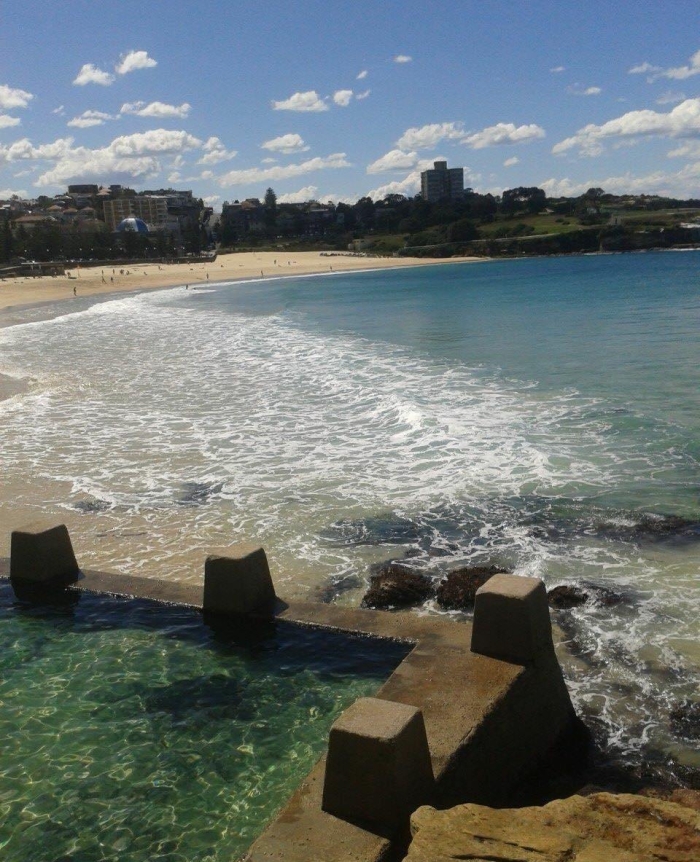
The first time I and my companions landed in Australia, we were surprised by how similar it is to places we’ve been; much of the first few days was spent drawing comparisons to places and things we know already. Driving through the country calls up memories of family trips to Florida, and our weeklong trip to Cairns is not too different from Cancun. Walking in Sydney is not dissimilar to walking through Pittsburgh or London or Seattle. We spend so much time trying to come up with things that Australia is like, but in the end? Australia is like Australia. Australia is its own animal, so it’s important to not write it off as being like another place. The biggest island in the world, it’s entirely unique from anywhere else in the world, plants- and animals- and rocks-wise. The people and the lifestyle here, most of all, are different here from anywhere else as well, and to try to compare it to something else is to reduce it to a lesser stature than it deserves.
I wrote this blog less than a month into my time in Australia. I didn’t know how much time I’d have to write, so I ended up lugging my heavy laptop all the way up to Cairns with me in a backpack (taking up valuable space I’d needed for a week’s worth of clothes) to attempt to write. I didn’t write anything in Cairns. Since all we did there was action-adventure kind of stuff like skydiving, scuba, and bungee jumping, I was reasonably starstruck with the country at the time of writing. Looking back on my time there as a whole, I really understated how active the lifestyle is, how hot the people are, the relaxed and fun drinking culture (so different from America’s, but not atypical in the rest of the world). The only thing I could put my finger on as different from anywhere else: the suspicious quality of light. Many days it seemed like somebody put a special Instagram filter over the world. I hadn’t been many other places in the world at the time, but now that I look back, Australia seems pretty darn similar to the US. A lot of the world seems to think so, too.
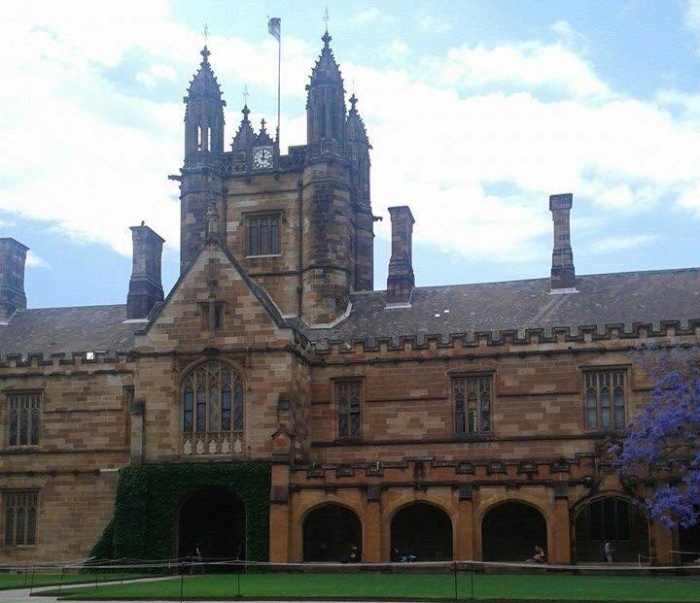
Comparing Australian University to American Colleges
The Australian school experience is actually quite different from the American school experience. On first arrival, most American students might get excited to see that they only need a 50% to pass, and rather than having constant homework and quizzes, their entire grade is based on just one exam and a major essay. American students get excited because there’s a bar on campus, which for obvious reasons is an impossibility in the United States. Most American students are drawn to studying abroad in Australia because they don’t have to learn a new language, among other things. But there are still plenty of struggles involved in studying, even when the language barrier isn’t an issue.
As I started school, I was stunned to think that the Australian school system is totally different from that of the US (Australians call it “university” while the general term in the US is “college”). It turns out, the US is the only place in the world that is that astronomically expensive for basically the same education, and that in American colleges they definitely hold your hand more to make sure you “get it.” Our classes, in order to receive credit at my home school were pass-fail. You needed a 50% to pass. I got a 52% in my finance class. Needless to say, that self-directed approach did not agree with me at all.
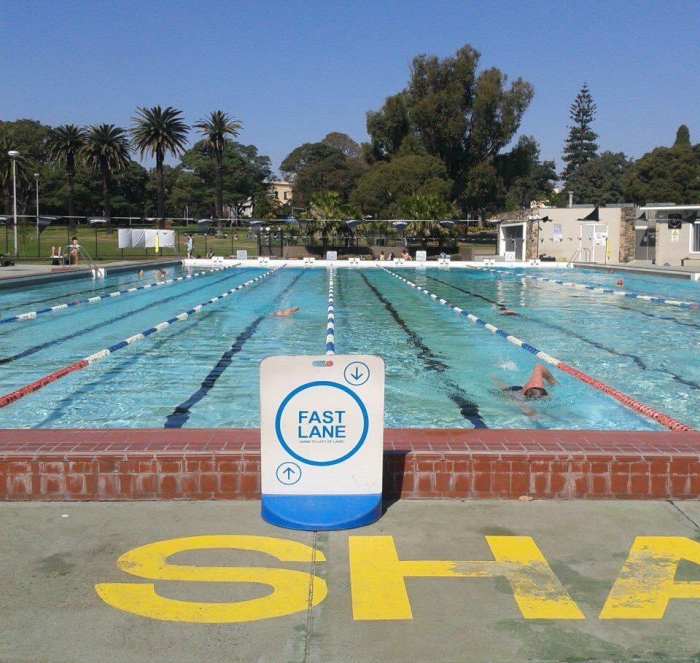
On the Nature of Sport in Australia
At the end of the TEAN Orientation, our orientation leader suggested a few ways to make Aussie friends. Some of these suggestions were quirky, some were practical, but one that really stuck with me was joining a club at university. Naturally, I had only one club in mind: the swimming club. “Everything will be okay once I join the swim club,” I kept saying to everyone. Aussies are, after all, serious about their sports—they’re a country of swimmers, and I really like to swim, so I figured it would be a good fit. In general: I just really want to keep swimming.
Once again, the US is the odd man out (this is a theme in the lessons-learned of my life, and also throughout the world) with regard to our sports culture. We’re the same as Oz in that we encourage everybody to find his or her sporting niche, no matter what the sport is, and try to nurture it up as far as it goes. Most other places in the world are all about the club sports, and Australia is definitely chief among these. I’ve found that it’s much the same in many British Commonwealth nations. Sports are ingrained in the culture in Australia, and everybody is super fit. That’s how they turn out so many world-class athletes.
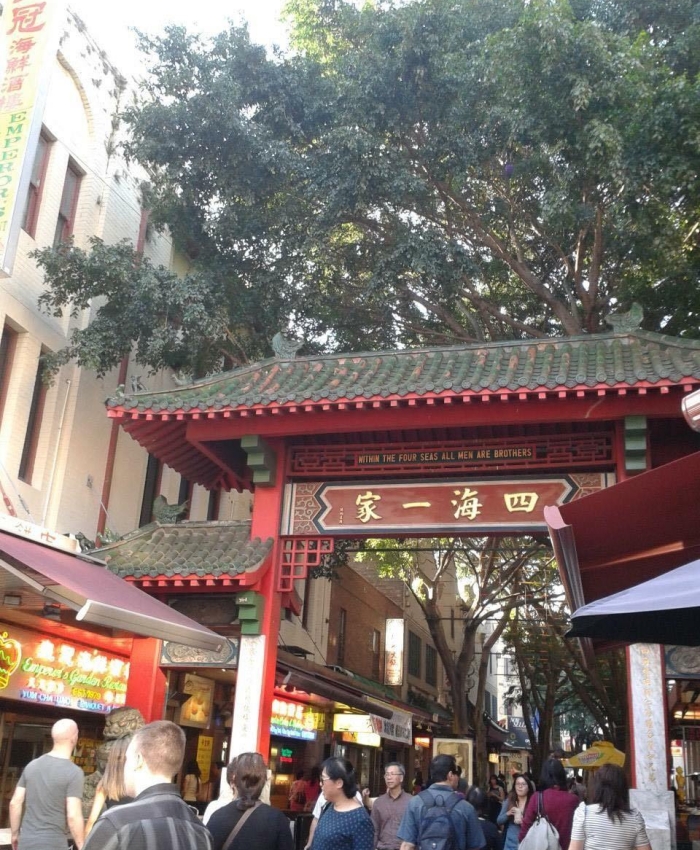
When we were told that our TEAN housing would be right on the fringes of Sydney’s Haymarket district, also known as Chinatown, I was ecstatic. Most people say that you go to Australia for the adventures: exploring the city and beaches, learning how to surf and other crazy sports, and just roaming the outback and the bush. But it’s not just adventure, there’s culture, too; living in Haymarket’s like having your finger on the cultural pulse of the city, it’s electrifying and there’s never a dull day. Walking down a street where nobody is speaking English is so cool – you almost forget you’re in Sydney.
Since Australia, I’ve been to scores of “Chinatown” districts, as well as actual China. Living in the Haymarket district, among so many bustling (and cheap!!) markets was something I definitely took for granted. How different would my life have been if I’d lived in another area, like Surrey Hills, Woolloomooloo, Redfern, or Newtown? Another school I could have attended was the University of New South Wales, their dorms within actual spitting distance of Coogee Beach. I would have positively flunked out if I’d gone to UNSW, so I’m glad for at least a little distance from the beach.
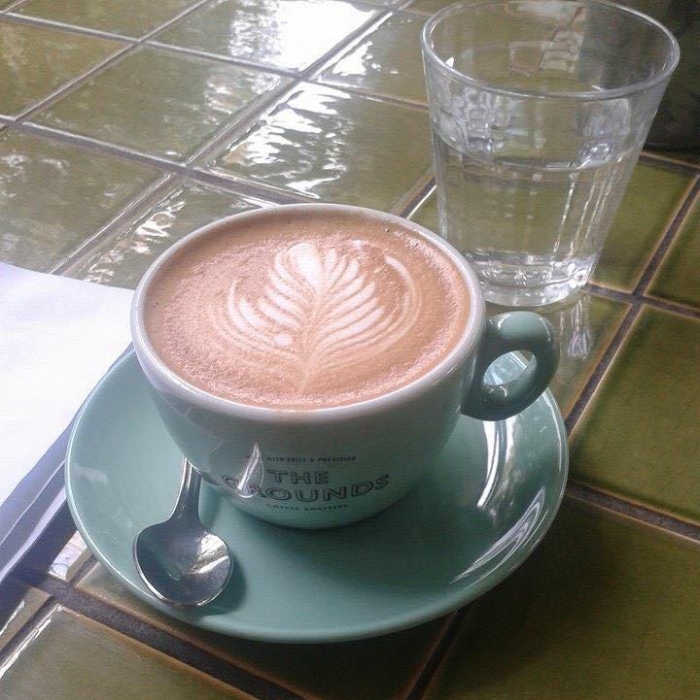
Why Australian Coffee Is So Much Better Than American Coffee
Even though I’ve spent the last 5 months in a country that loves coffee (and has the self-proclaimed best coffee), I’ve also spent the entire time severely caffeine-deprived. This unfortunate state is due to a combination of the different kind of coffee that is made here, the higher price, and the expectations involved in ordering and drinking coffee. Coffee-drinking is a completely different animal in Australia in a few different ways.
(First I’ll start off by saying: sorry that I used “a whole different animal” even twice in this article. I guess I was just thinking about animals a lot when I was in Australia.)
I’m currently a barista, so this subject is a bit contentious for me nowadays. I’ve also had coffee from around the world, and know how to spot the good coffee from the bad. I’ve revised my declaration. Australian coffee is good, sure, but it’s one-dimensional. First of all, what kind of hell-country is as hot as Australia is and doesn’t “do” iced coffee??
People who insist on only brewed coffee, or only hot lattes, or only espresso or cappuccinos or whatever—while I envy them for having a regular order—I can’t relate to them. I think there’s room for coffee of all kinds. Traveling the world has taught me that. From South Korean iced Americanos to the Hong Kong-style half-tea, half-coffee drink, or bubble tea, from the Vietnamese condensed milk coffees to Japanese “flash-brewed” pour-over iced coffee, there’s room for all kinds of caffeinated drinks. I don’t have time for people who turn their nose up at whatever isn’t their preferred drink, because there truly is a time and a place for all those drinks.
What I’m saying is that, although most of the world knows us for mass-produced Starbucks and Dunkin’ coffees, that variety is actually super refreshing. Americans know that there’s a special kind of coffee for a road trip versus chilling at the diner with your friends. There’s a special coffee for studying all night at the library versus drinking on a date with somebody you’ve never met before. Restricting yourself to just a five-drink selection is really unnecessary and takes all the fun and color out of life. These days, nothing gives me more joy than recommending some special kind of concoction and getting that seal of approval afterward like, “I don’t know what you put in this, but it’s delicious!”
Small Victories: An Australian To-Do List
Right before I came to Australia I read a story in which the main character made a to-do list for his upcoming trip to China. It included only very simple things, but encompassed a wide enough range of experiences that he would not get too engrossed in his work; it would force him to really “stop and smell the roses.” I also decided to make a to-do list, and just recently I crossed the last item off my list, in preparation for going home. I’m now back at school in Pittsburgh, but looking back on this list gives me mighty fine memories of my time in warm, beautiful Australia.
There’s something to be said for making a “to-do list” for the places you go, but only if they’re done a certain way. They should be more of a guideline, something to push you out of your comfort zone. They should not necessarily be just a list of cafes you want to eat at or cities you want to visit (this is all in my opinion, in my experience). Feeling like you “got everything” out of your trip is hard, and honestly, it’s expensive AF, too. I did a lot more than I thought possible when I was in Australia, but I still have some regrets, like not going to the beach enough (I was dead-broke most of the time, so I would seldom buy train or bus tickets, only bike, and that was very time-intensive), not getting to the Gold Coast or Perth, not getting to go up to Uluru, or drive the Great Ocean Road, or not getting to visit Tasmania. But, I suppose, there’s always next time. That’s one more thing. If you leave something undone, there’s always possibilities for the next visit.
